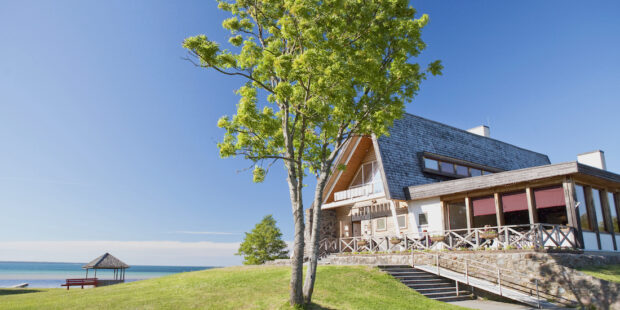Estonian Christmas food is based on German traditions
Text Timo Huttunen Photo Olde Hansa
For hundreds of years, Estonians were under the rule of German barons. This left a lasting mark on Estonian food traditions, especially at Christmas.
Instead of the traditional Christmas ham which is served in Finland, or Turkey in places such as the UK, Estonians eat pork, which is usually baked in the oven.
An essential addition is sauerkraut, which is slowly cooked in the oven. Sauerkraut is something you can find in all Estonian food stores, even small village grocery stores.
Perhaps an even more iconic Estonian Christmas food is blood sausage. Blood sausages are fried in a pan or roasted in the oven before eating. In addition, lingonberry jam is offered as a condiment.
The third meat dish on the Estonian Christmas table is sült (jellied meat), the main ingredient of which is usually pork. It is accompanied by grated horseradish or horseradish, which is sold in small jars.
The traditional Christmas table is completed with pumpkin salad (pumpkin salad), homemade mushroom preserves and whole baked potatoes.
A traditional Christmas dinner in Tallinn
Estonian Christmas food can also be enjoyed in many restaurants. For example, the restaurant of the Estonian Open Air Museum (Eesti Vabaõhumuuseum), Kolu Tavern, serves traditional Christmas delicacies. In addition, the Olde Hansa restaurant in Tallinn’s Old Town offers a fine medieval Christmas meal that includes venison steak.
To learn more about this and similar topicsChristmas Christmas Food Christmas in Estonia Estonia Estonian Christmas Food Estonian Christmas Traditions Food restaurant










